Author: Ted Ventre
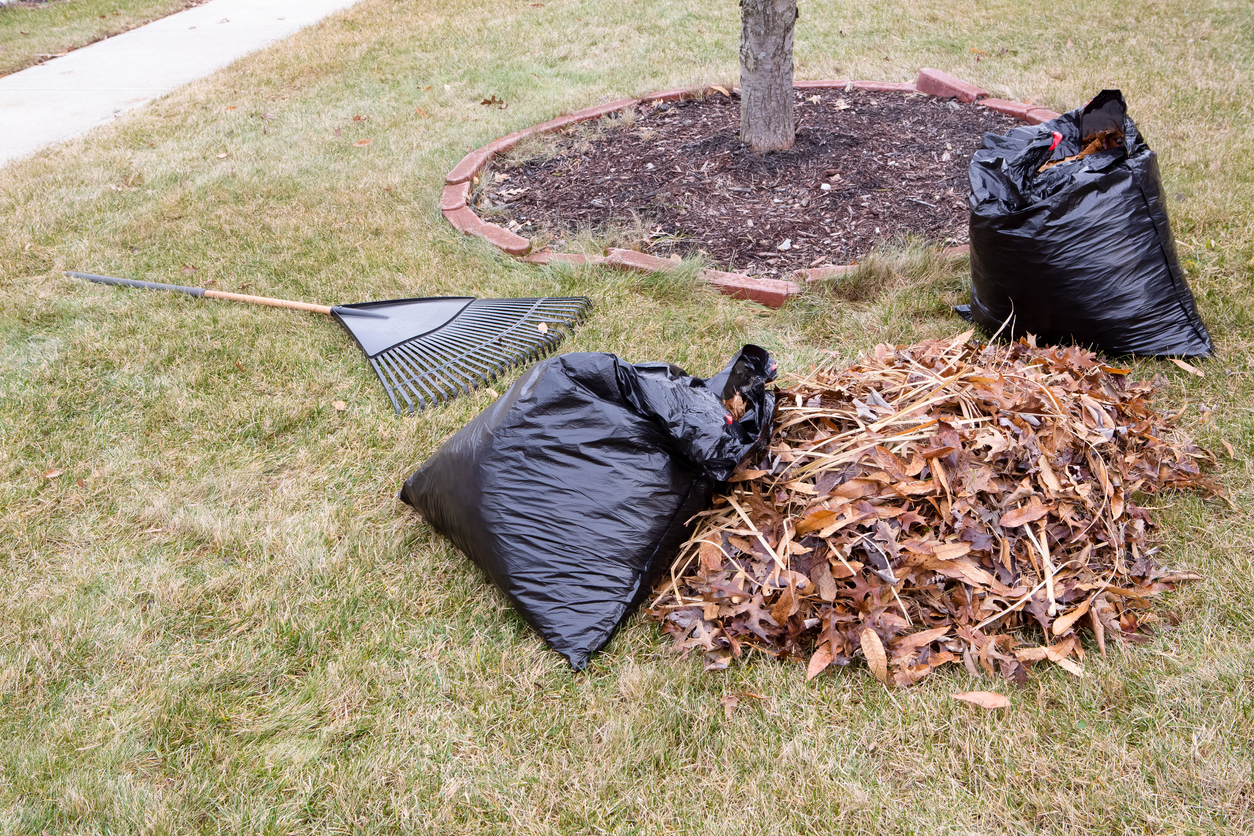
Time For Fall Cleanups
October 22, 2020Fall weather can be finicky. Days go from mild and sunny to cold and gray literally overnight. Once the weather turns, the notion of yard work becomes less attractive. In spite of that, it pays to give your yard a thorough fall cleanup before winter sets in.
For most homeowners, the biggest cleanup task at this time of year is leaf removal. Layers of leaves left to lie can damage grass by blocking needed sunlight, weakening your turf. If left on the ground through the winter, fallen leaves can also render your lawn more susceptible to winter damage.
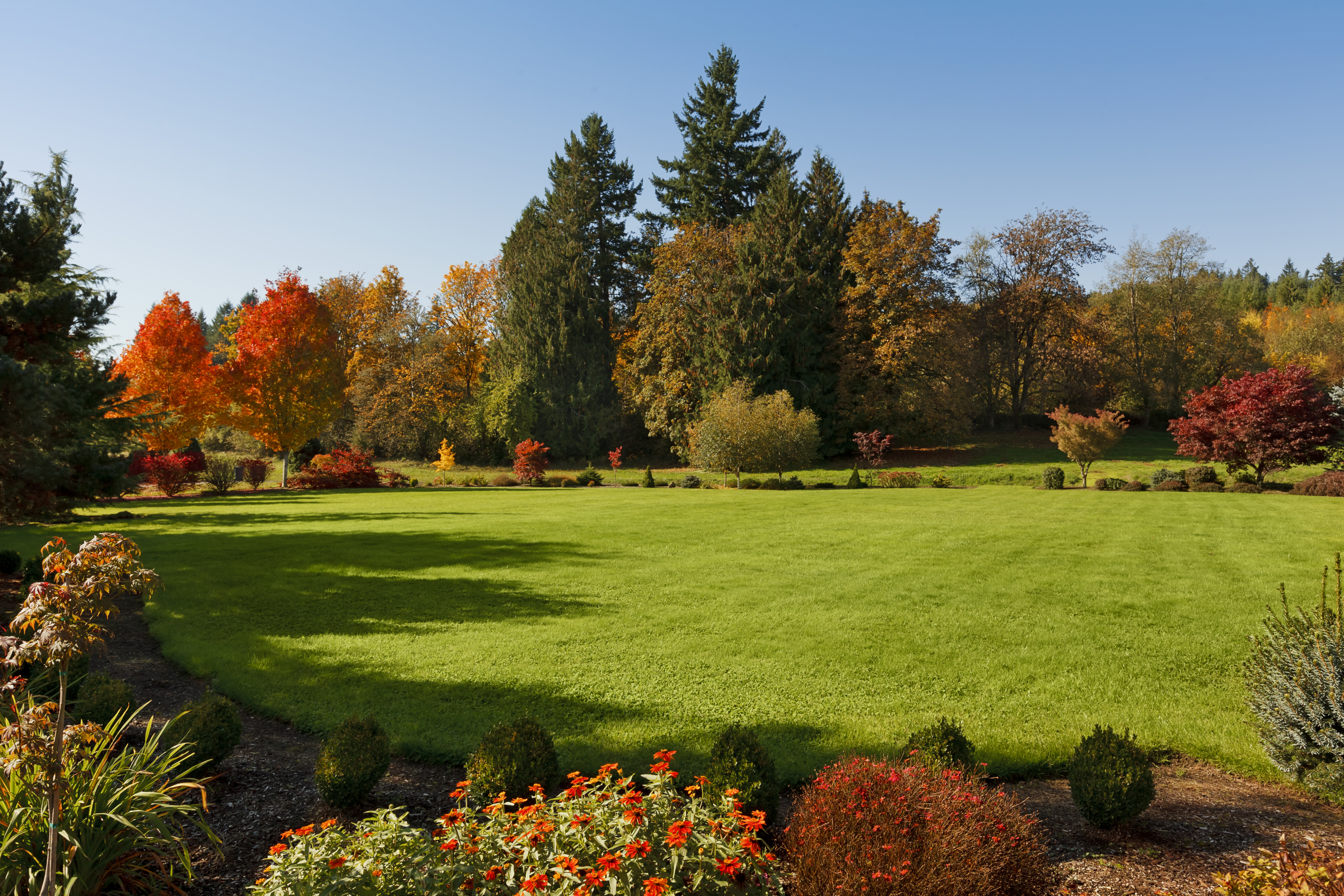
Cutting back perennials and removing dead or dying branches from trees and shrubs are also fall cleanup steps that will help prepare both for go-time in the spring. Plant beds also tend to collect dead leaves, debris, and trash over the fall. These messes only get worse over the course of the winter. By the time the warm, wet spring rolls around, you’ll find yourself with mucky beds full of slime. In addition to being unsightly, unkempt plant beds are also breeding grounds for pests and fungus.
Whether handling it yourself or leaving it to professionals, a thorough fall cleanup is an important step in closing the book on the year.
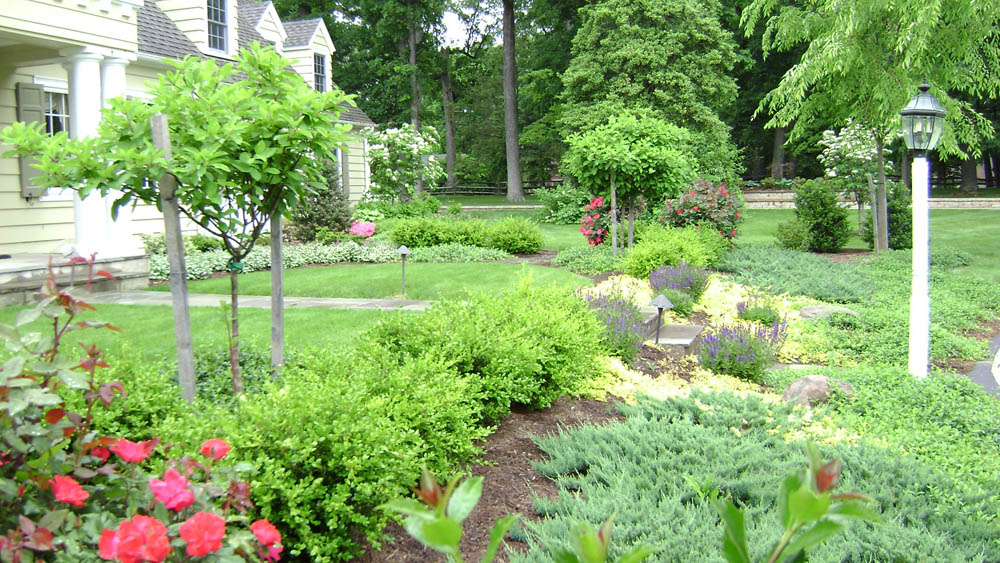
Fall Is The Time To Plant
October 15, 2020Living landscaping such as shrubs and trees is a big investment in your home. If executed with care and
forethought, these landscape elements can mature into prominent aspects of your property that can be
enjoyed for years and even decades.
Plants have an ideal life cycle, and proper timing goes a long way. Planting in the fall gives new trees
and shrubs the best chance for long-term health and vitality. For multiple reasons, fall is the best time to plant.
Autumn is also the easiest time to plant physically. During these months, moderate rainfall typically
means the soil is neither muddy from heavy rain nor hard as a rock due to drought. Practically
speaking, the digging process is straightforward and not too difficult.
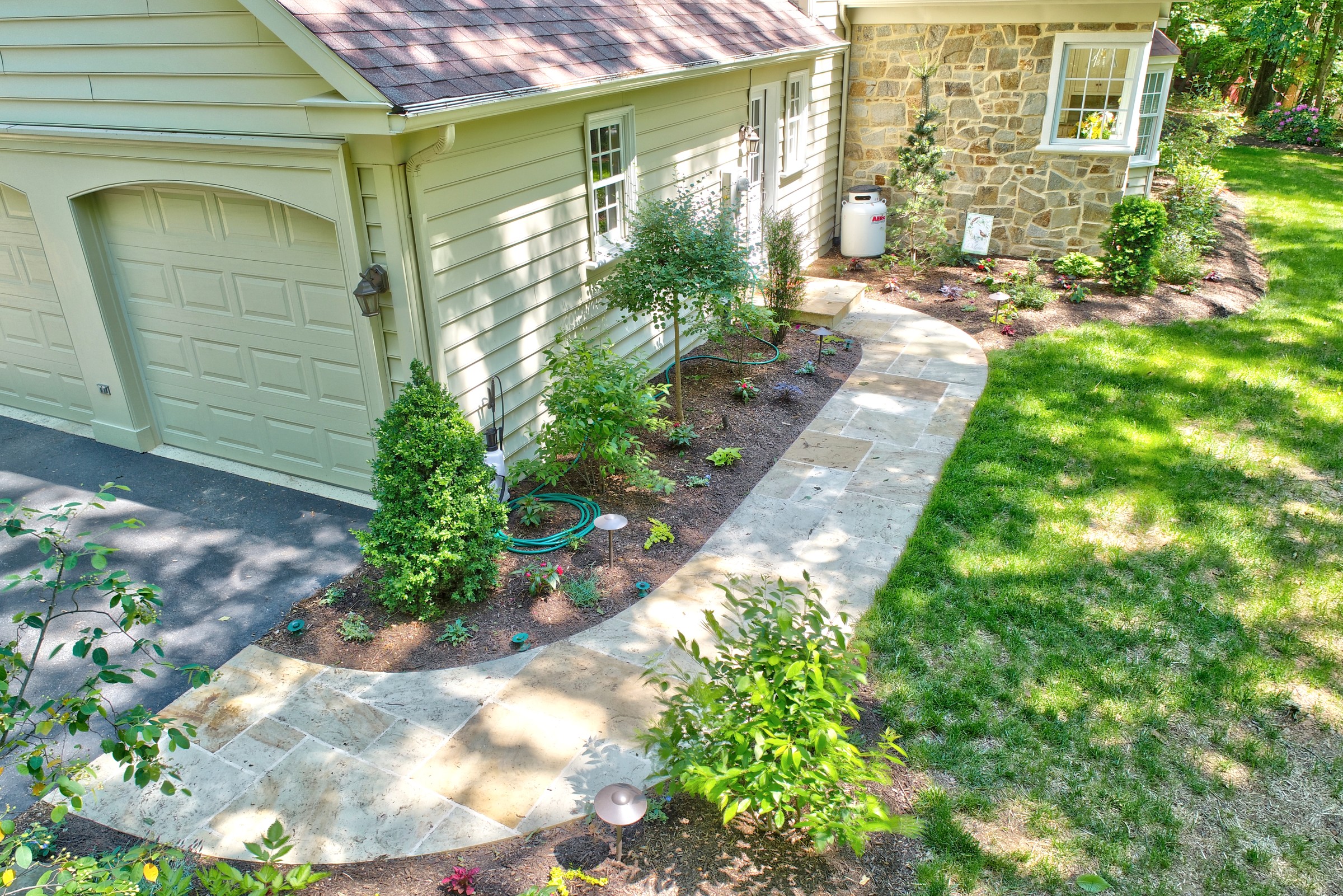
The key to getting the most out of your landscape investment is setting your new plants up for success.
The cooler temperatures of autumn allow new root systems to develop and establish themselves in
advance of winter. A robust and extensive root system makes your new trees and shrubs well equipped
for winter dormancy. This means a forceful spring emergence, with plentiful spectacular blooms.
Living landscaping can shape your property for years to come. While spring planting may seem like the
most logical timing, fall planting is actually better. If your landscape could use some improvements,
don’t hesitate. Fall plantings set the stage for a beautiful, healthy spring landscape.
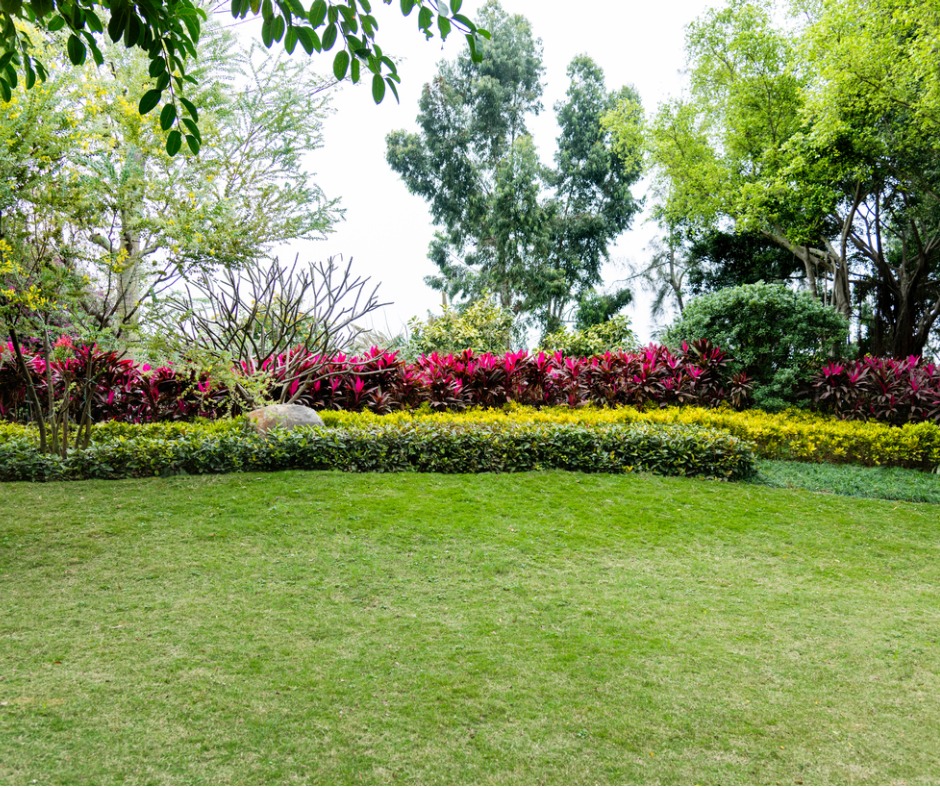
Variety for Your Landscape
August 13, 2020Aesthetically speaking, contrasting colors, textures, and sounds complement each other in a harmonic way that is pleasing to the senses. As the saying goes, “Variety is the spice of life.”
When it comes to floral displays, color selection should be a deliberate decision, not a rushed or random process. Turf, evergreens, and shrubs and deciduous trees that are not in bloom create a very green landscape. Injecting some bright, primary-colored flowers into the area creates a colorful balance. By mixing things up within a flower bed, you can create another level of variety.
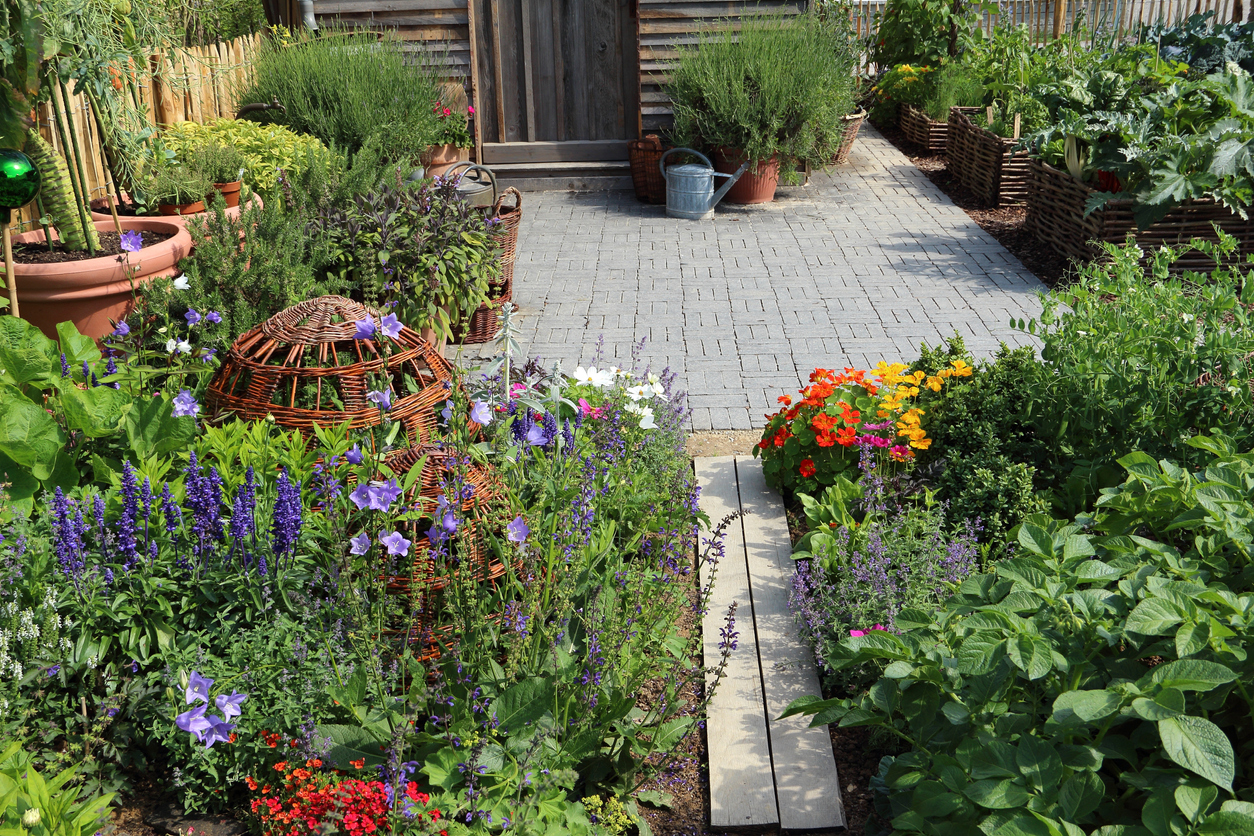
A comprehensive landscape design that incorporates native perennials throughout provides a constantly blooming landscape that is always in transition. Most native perennials will slowly spread in the landscape, naturally adding to its fullness over time.
Combining varied sizes and textures can also add richness to your living landscape. For example, snapdragons and daisies have very different shapes. When placed together, they encourage eye movement, making for an appealing visual display. The same effect can be created by juxtaposing tall, bushy ornamental grasses with shrubs that grow low to the ground.
The possibilities for variety in your landscaping are endless. Whether you’re planning a long-term renovation or simply deciding which annuals to plant this season, never be afraid to mix things up!

Best Practices: Fertilization and Watering
July 10, 2020Proper watering and fertilization are key to maintaining herbaceous living landscaping such as turf, flowers and grasses. Although this may be a routine that you’re well accustomed to, it’s always helpful to be reminded of the best way to handle these tasks.
Every living plant needs a certain level of irrigation. Trees and shrubs need roughly an inch of water every week, whether it comes from rain or your garden hose. The ideal amount can double during intense dry spells. When you water trees and shrubs, it’s important to focus on the roots, not the leaf zones.
A slow-drip soaker hose placed around the base of the plant works best. As opposed to sprinklers which spread water over a large turf area, soaker hoses deliver a slow and steady trickle of water to a precise area. This efficient method allows water to be thoroughly absorbed into the soil and delivered to the roots.
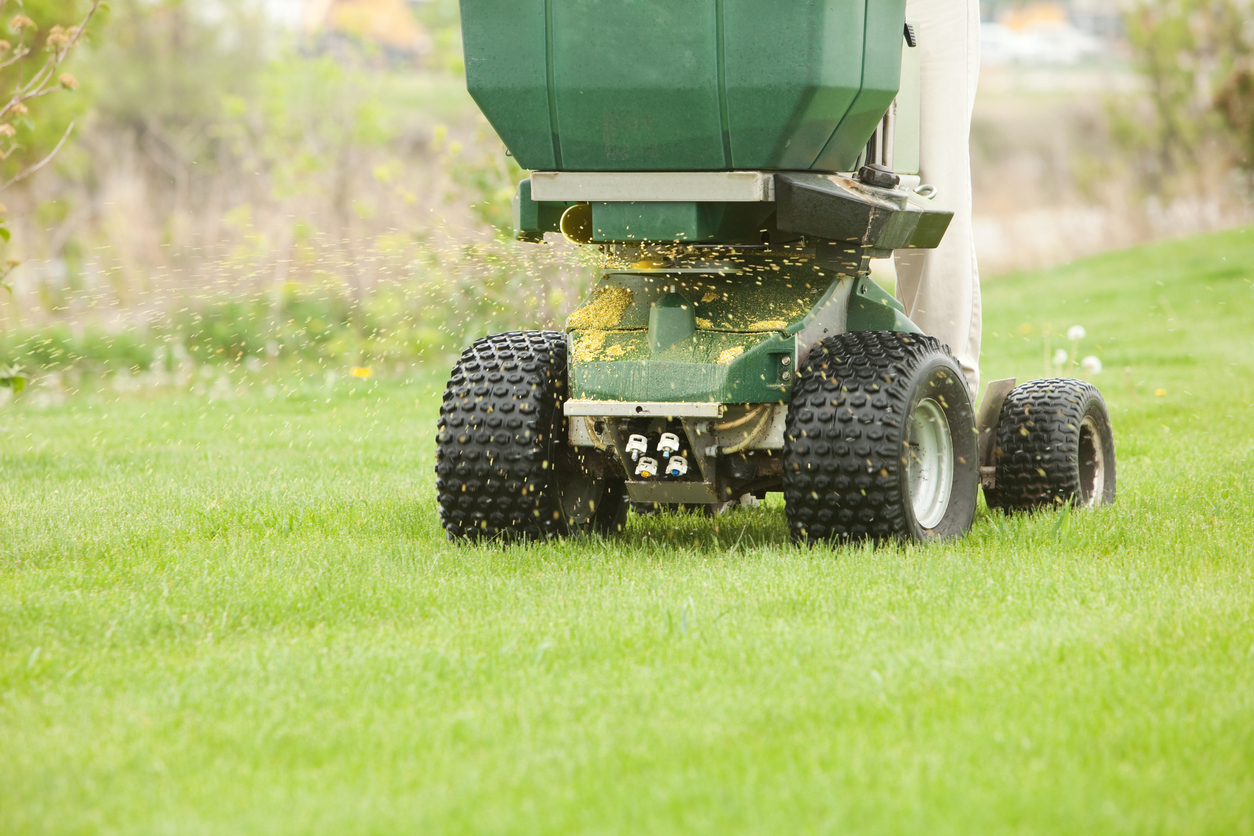
When it comes to fertilization, trees’ and shrubs’ specific needs depend largely on location. Trees and shrubs that are planted in the middle of a fertilized lawn receive plenty of residual fertilization from being in close proximity to well-fed turf. If they’re located in plant beds, trees and shrubs can benefit from periodic applications of slow-release fertilizer. This efficient fertilizer gives trees and shrubs a steady flow of nutrients and is less likely to be lost to runoff or leaching deep into the soil.
Trees and shrubs are sturdy and resilient, but they still need attention. Adequate watering and fertilization will help keep these larger plants happy and healthy for years to come. If you have questions or concerns about the best course of action, don’t hesitate to consult a professional.
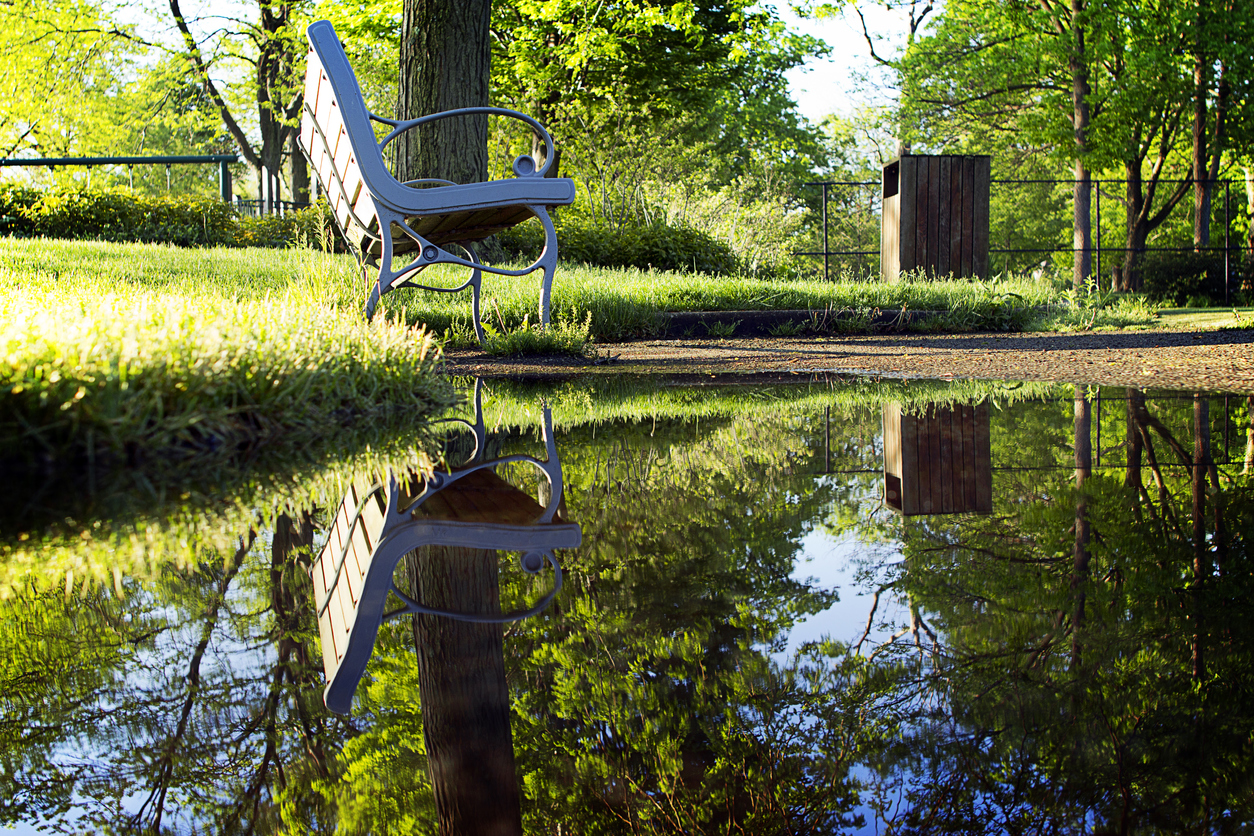
Flood and Drought Woes
June 5, 2020Water is a necessary ingredient for all organic life. Turfgrass requires regular watering to thrive, especially during the warm months. There can be too much of a good thing, however. With extreme weather patterns, turf can receive too much water, and other times, not enough.
As summer intensifies, periods of drought with very little rain are common. The telltale sign of drought stress is brownish grass that becomes brittle. Depressions from footprints may fail to “bounce back” when turf is walked on. A brown, crunchy lawn can certainly be discouraging. The good news is that drought effects typically look worse than they actually are.
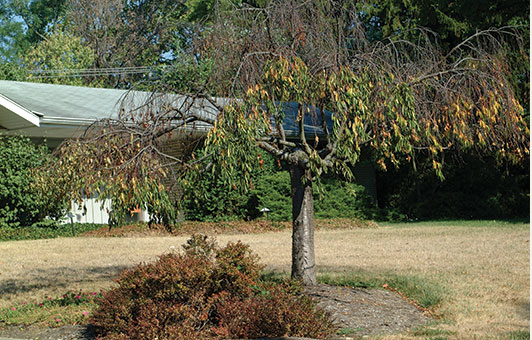
When faced with very limited water, turf often goes into dormancy. When grass turns brown and stops growing, it’s a defensive reaction that turf uses to preserve all of its available resources. Once water becomes more available, it will green up quickly. If extremely dry conditions send your lawn into dormancy, remember that this is most often a temporary condition.
On the other end of the spectrum, extended periods of rain can leave turf areas flooded. Heavy rains cut off turf’s access to oxygen which it needs to live. The good news is that if even some of the grass blades are still in contact with air, the turf will have access to oxygen. If turf is totally flooded, the main factor that dictates survival is temperature. Turf that is flooded during cooler weather has a much better chance for survival than lawn areas that are submerged during warmer weather.
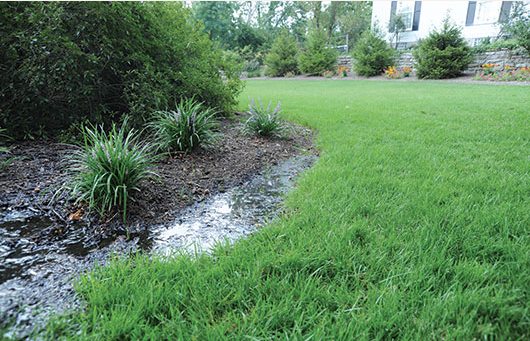
Along with damage to the turf plants themselves, wet conditions can increase the likelihood of fungal disease and insects. If a moving waterway, such as a river or stream, was the source of flooding, significant silt may have been deposited. In many cases, this can be raked away once dry, while extreme cases often require reseeding. Whatever the severity, aeration will encourage root growth, and overseeding will thicken up any damaged areas.
Turf areas are bound to experience periods of too much or too little water. While these can seem devastating, turfgrass is a resilient plant. Most of the time, flooding and drought can be addressed, and your turf areas will be thriving before you know it.
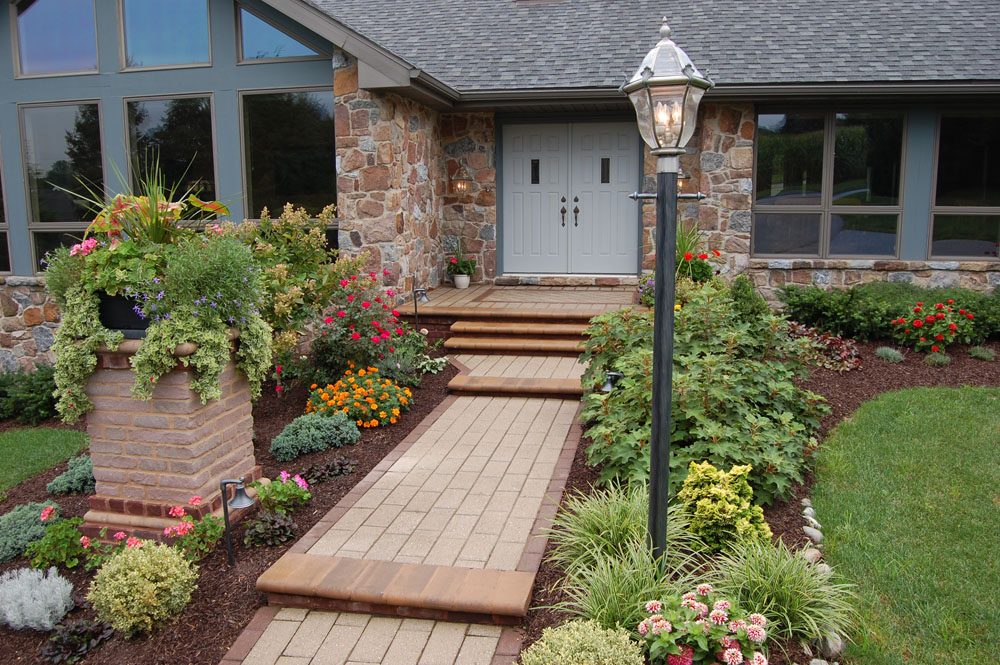
A Grand Entrance
May 13, 2020Your entryway is the first thing visitors notice when they come to your house. A well-developed entryway can make a dramatic initial impression. From the street, your front door immediately draws the eye and can be a major asset in terms of curb appeal.
When highlighting your entryway, even small additions can go a long way. Plant beds or shrubs on either side of your front door can totally redefine the space. Symmetrical landscaping nicely frames the front door.
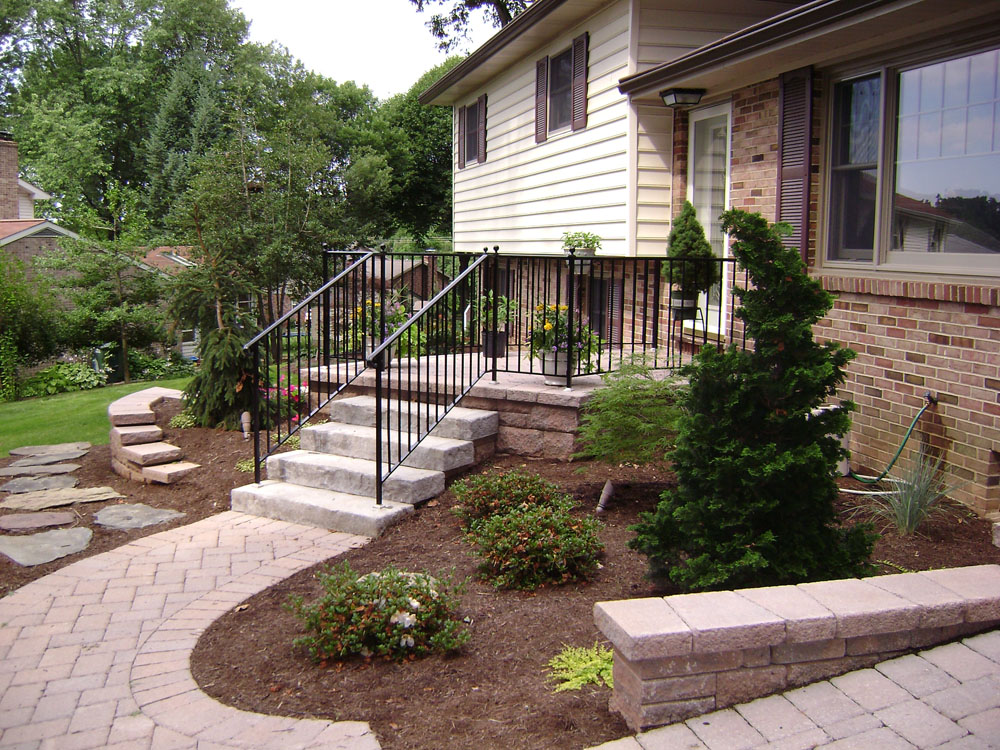
If there is not adequate space for plantings near your entry, flanking your front door with large pots or planter boxes can create a dramatic effect. Filling twin pots with flowers and plants of different colors, textures, and sizes creates a sense of variation within a defined area. These displays can be updated from season to season. Heat-loving sweet potato vines and petunias work well in the summer, mums contribute vibrant color in the fall, and holiday decorations liven up the winter months.
Your entryway also gives you an opportunity to share a bit of your own personality. Witty or whimsical door plaques, small statuaries, or even a flag of your favorite team can all welcome visitors and communicate something unique about your interests or personality.
Your front door is your home’s centerpiece and a focal point for drawing attention. It is a great opportunity to showcase your sense of style. Make your entryway a key element and not an afterthought!
Spring Cleaning
April 10, 2020With spring in full swing, your grass is growing, flowers are blooming, and your yard is teeming with life. A thorough spring cleanup is a great way to kick off the new year and make way for new growth.
Lawn and garden debris accumulates over the colder months and creates obstacles to emerging perennials. Clearing your beds before new blooms have sprouted is much easier than trying to do it while protecting young, delicate annuals.
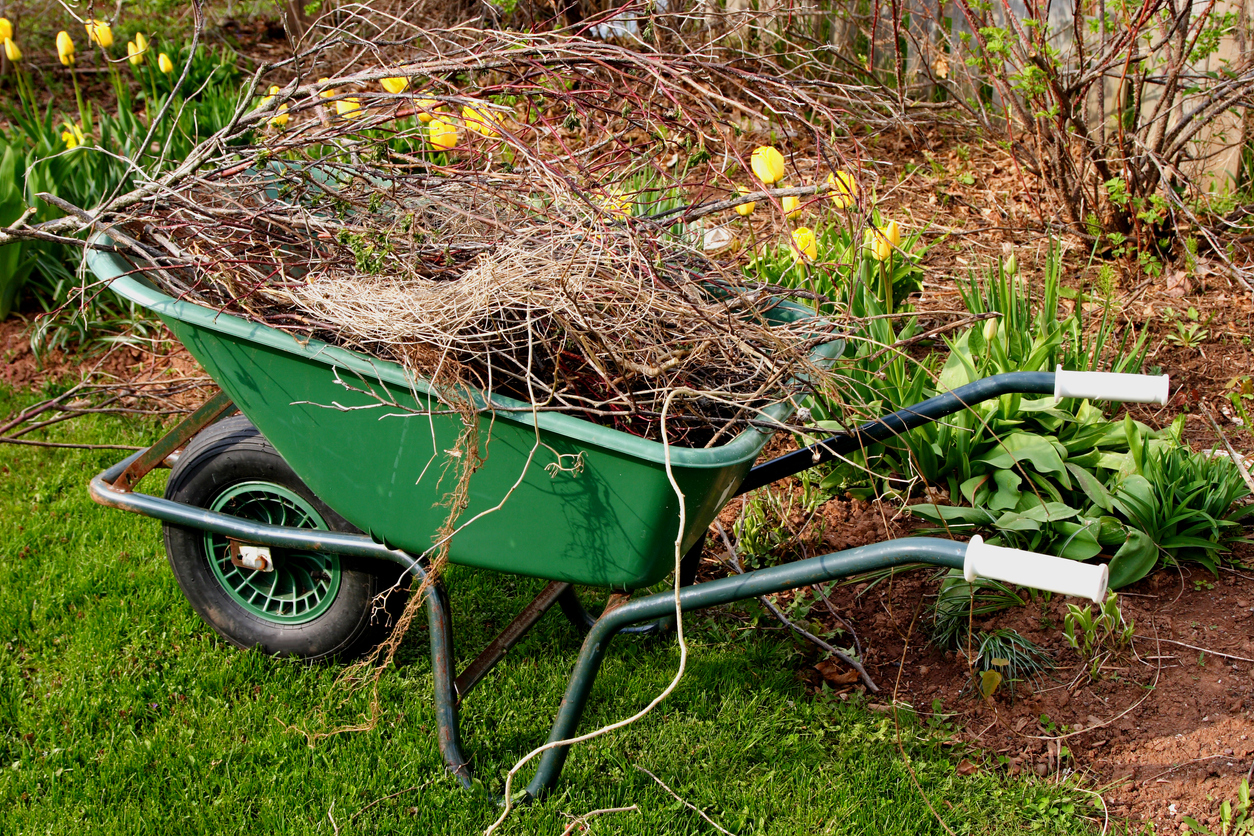
Now is a good time to prune away any dead, dying, or damaged limbs or branches. Before leaves and buds have fully filled in, it’s easy to identify which branches need to go. Pruning early also helps your trees and shrubs focus new growth toward the healthy parts of the plant, resulting in robust development.
Lawn equipment works best and lasts longest if it’s well maintained. Now is the time to make sure your mower blades are sharpened and that any other lawn equipment is in good working order.
Spring is an exciting time of year that’s full of new life and promise. Thorough cleanup and lawn prep are key to making the most of the new growing season.
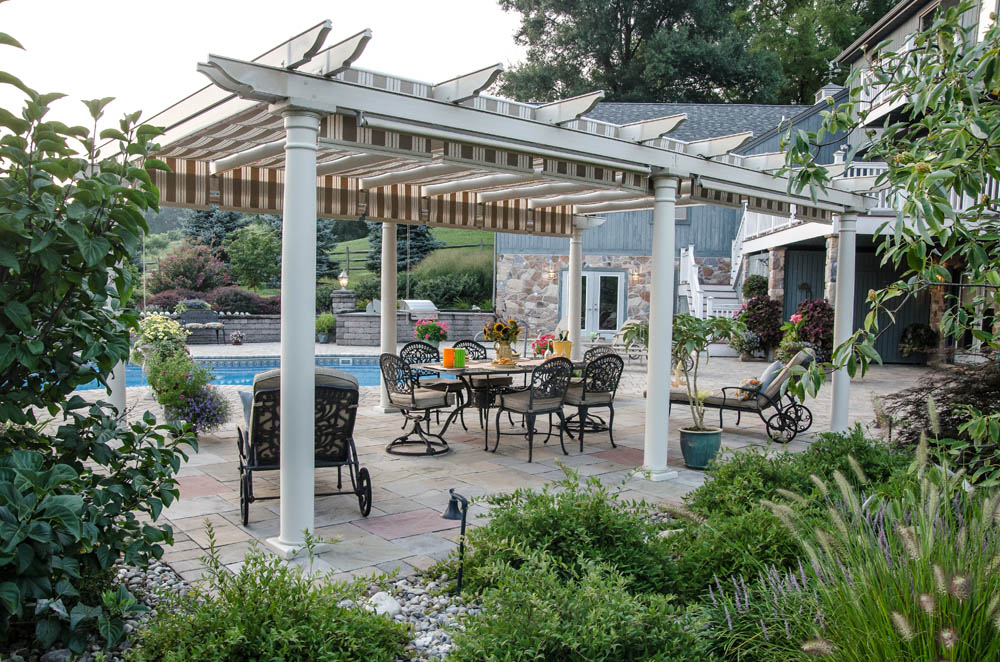
Enjoyable Outdoor Living
March 16, 2020With winter on its way out, now is a great time to tune up your outdoor spaces for back yard gatherings as well as peaceful relaxation. Enjoyable outdoor living spaces are made up of several elements that work together to provide functional comfort. Here are some potential elements to consider and as you think about establishing or expanding your outdoor spaces.
Deck/Patio Area
The first step to vibrant outdoor living is having the space to accommodate your family and guests. In addition to sitting areas, you may also need space for dining and cooking. Thinking through all the possible uses for your patio or deck can help you begin to imagine how it could be improved or possibly expanded.
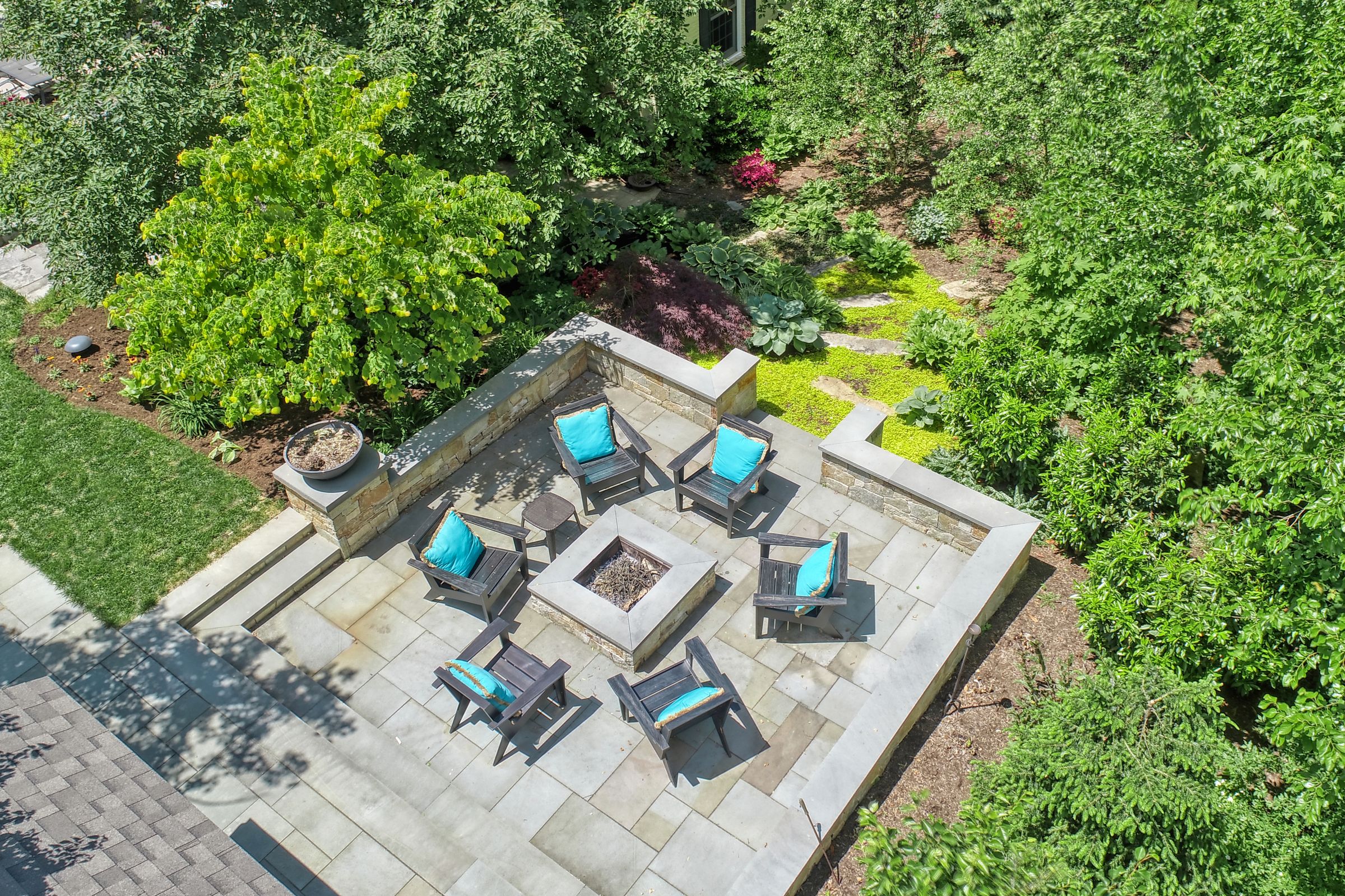
Landscape Lighting
Professional landscape lighting offers both visual and practical benefits. Landscape lighting creates stunning night time effects that transform your home and landscape with unique ambiance. Properly placed lighting also ensures safety by keeping doorways, living areas, and walkways illuminated at all hours.
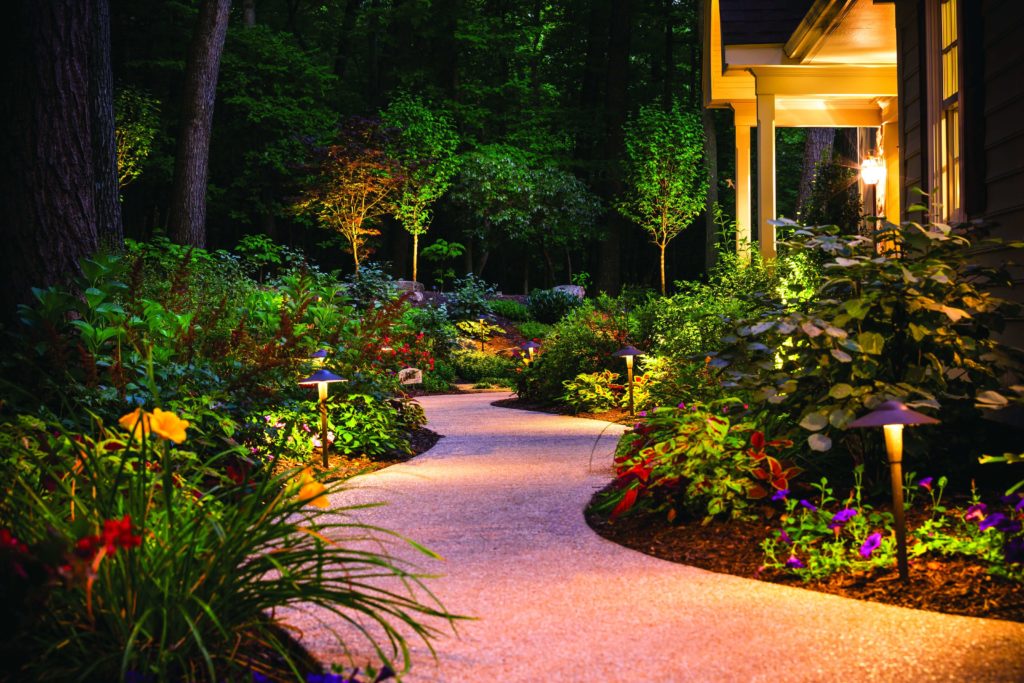
Water Features
The gentle sound of running water can add peaceful ambiance to any outdoor space. A wide range of water features exist that can suit your property and your preference. Pondless waterfalls, wall fountains and natural rock pools of varying shapes and sizes can be used to as either accents or centerpieces to your outdoor living area.

Outdoor Kitchens
If you love cooking already, you will love it even more outside. Outdoor kitchens range from modest grilling areas to expansive cooking spaces with a full array of counter tops and appliances. Let the experts at Hively come up with an outdoor kitchen that fits your space and your budget.
Outdoor Fire Elements
Outdoor fireplaces and smaller fire pits are the perfect features for socializing after the sun goes down. From extensive wood-burning hearths to compact gas-fueled fire bowls, fire elements offer inviting light and warmth that are sure to draw a crowd.
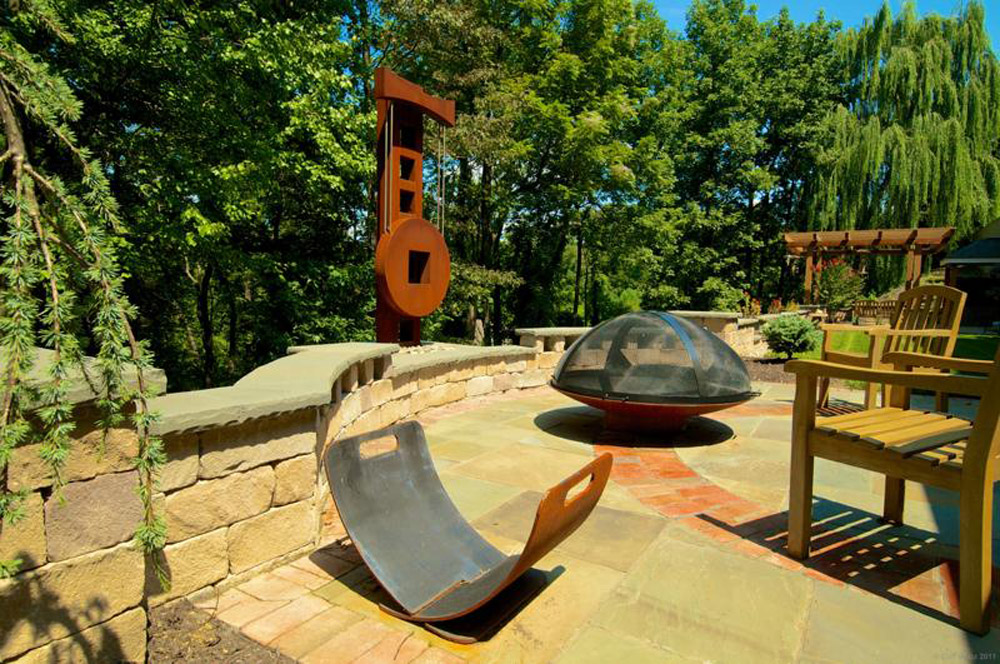
With warm weather on the way, let Hively upgrade and expand your outdoor living spaces this season!
Important Coronavirus Information
March 11, 2020
Valued Customers:
There has been much in the news about the coronavirus (COVID-19). Though the current
CDC risk assessment is that “for most people, the immediate risk of being exposed to the
virus that causes COVID-19 is thought to be low,” we take the health and safety of our
team members and clients seriously.
BELOW ARE SOME OF THE ACTIONS WE ARE IMPLEMENTING:
- Continuous monitoring of Federal, State, and Local advisories and
precautionary measures, regularly updating our staff and responding
appropriately. - Allowing flexibility in our paid time off policies to ensure that any team member who misses work due to illness or to care for sick a family member does not suffer loss of income or other benefits.
- Actively encouraging sick team member to stay home and notify their supervisors if they have had close contact with someone who has contracted COVID-19.
- COVID-19 is a recordable illness. OSHA record-keeping requirements 29 CFR Part 1904 mandate that covered employers record certain work-related injuries and illnesses on their OSHA 300 log. While 29 CFR 1904.5(b)(2)(viii) exempts recording of the common cold and flu, COVID-19 is a recordable illness when a worker is infected on the job.
- Regular disinfecting of shared Personal Protective Equipment (PPE). Some of our work requires the use of PPE. Ensuring that this equipment is properly disinfected.
- Increased frequency of cleaning and sanitation of common meeting areas at our office and shop facilities.
- Increased cleaning and sanitation of truck and equipment operator stations.
As we monitor this evolving situation, we will continue to make decisions with the health and well-being of our team members and clients as our priority.
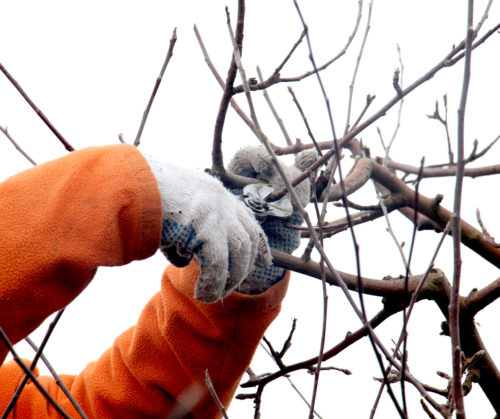
Timely Trimming
March 2, 2020Trees and shrubs are a property’s most prominent features. Unfortunately, they sometimes need to be removed simply because they’ve been allowed to outgrow their designated space. Regular pruning eliminates the need for premature removal and allows you to enjoy trees and shrubs for many years to come.
One of the best times to prune trees and shrubs is the winter. When trees and shrubs aren’t actively growing, they respond well to pruning. When plants are dormant, their energy can be entirely focused toward healing wounds from pruning. The absence of leaves allows for a clutter-free work area where limbs and branches can be removed selectively. This makes for a quicker, more efficient job.
Proper pruning adds to shrub and tree longevity by addressing damage from severe weather. Decaying and diseased wood can be strategically removed so that sickness is unable to spread. Smart pruning helps control a plant’s size by removing branches that overlap and rub against each other. Excessive growth blocking driveways, walkways and windows can also be cut back.
Gorgeous, prominent trees and shrubs are your landscape’s biggest assets. Winter is an ideal time for professional pruning that will make your trees and shrubs look great in the coming spring and healthy for many years to come.